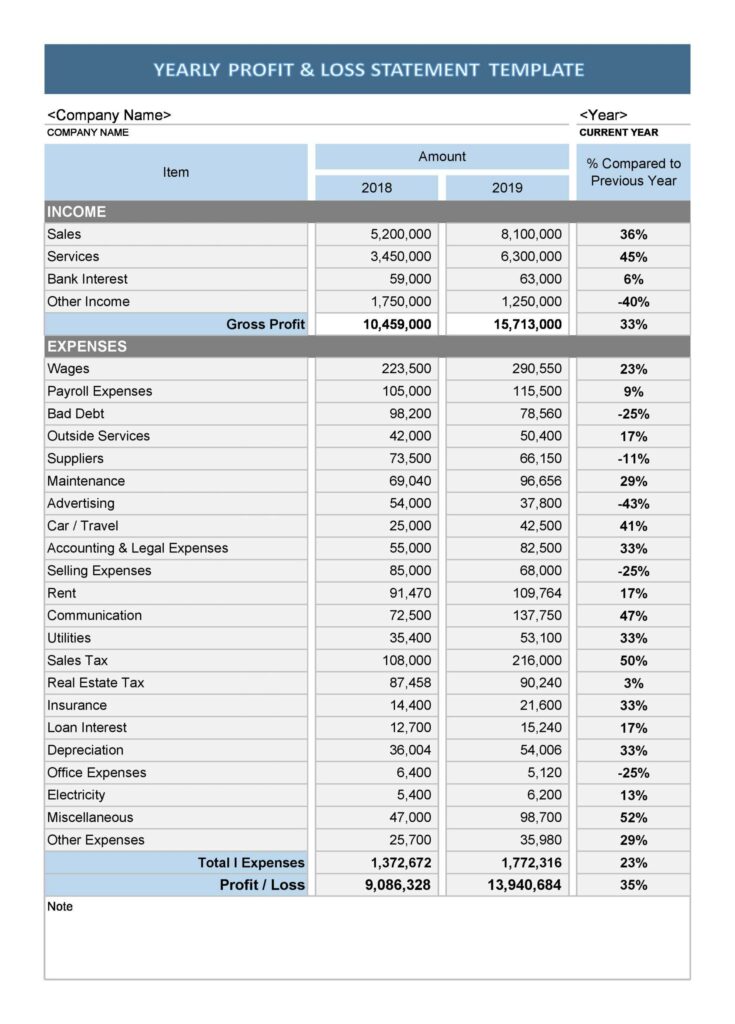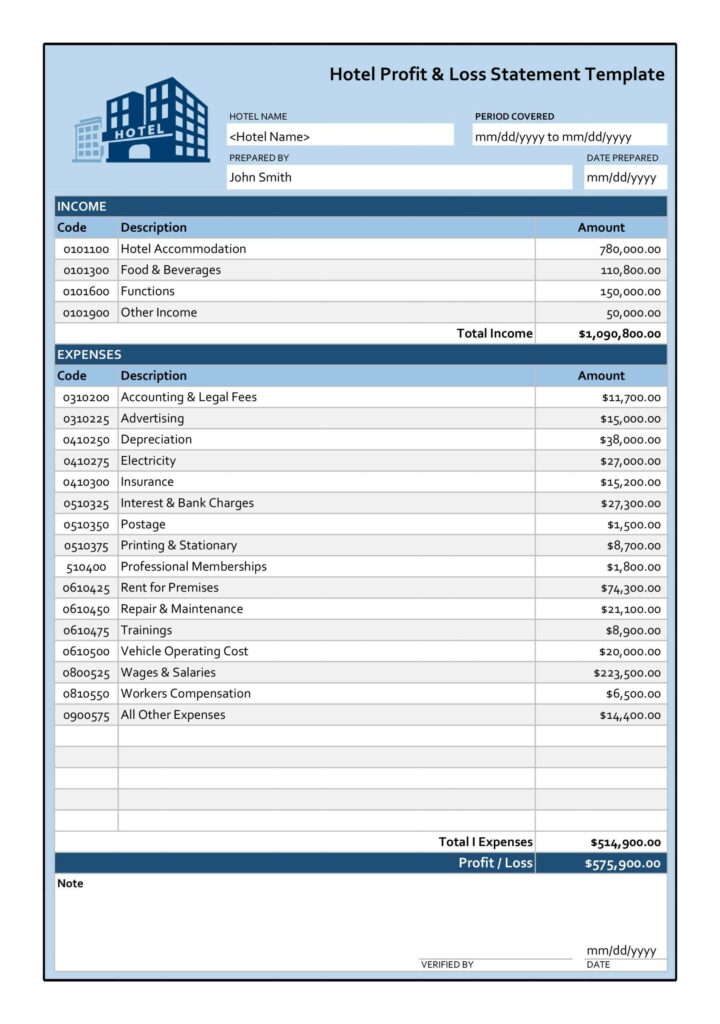In today’s data-driven world, harnessing the power of information is key to making informed decisions and driving business success. Whether you’re a seasoned data analyst or a business professional looking to streamline your reporting process, Excel Reporting Templates are indispensable tools that can revolutionize the way you work with data.
What Are Excel Reporting Templates?
Excel Reporting Templates are pre-designed spreadsheets that are tailored to specific reporting needs, such as financial analysis, project management, sales tracking, and more. These templates come equipped with built-in formulas, charts, and formatting, making it easy to input your data and generate professional-looking reports with just a few clicks.
Why Use Excel Reporting Templates?
- Efficiency: Say goodbye to manual data entry and formatting woes. With Excel Reporting Templates, you can save time and effort by automating repetitive tasks and focusing on analysis rather than formatting.
- Consistency: Ensure consistency across your reports by using standardized templates. This not only enhances the professionalism of your reports but also makes them easier to understand and interpret.
- Flexibility: Excel Reporting Templates are highly customizable, allowing you to tailor them to your specific needs and preferences. Whether you need to add new data fields, adjust formulas, or tweak the design, Excel gives you the flexibility to do so with ease.
- Visualizations: Transform raw data into insightful visualizations with built-in charting tools. From pie charts to bar graphs, Excel Reporting Templates make it easy to present your data in a visually appealing and easy-to-understand format.
- Accessibility: Excel is a widely used tool, meaning that your reports can be easily shared and accessed by colleagues and stakeholders. Whether you’re collaborating on a project or presenting findings to management, Excel Reporting Templates ensure seamless communication and collaboration.

How to Get Started with Excel Reporting Templates?
- Choose the Right Template: Browse through a wide range of Excel Reporting Templates available online or create your own from scratch. Consider your reporting needs and select a template that best suits your requirements.
- Input Your Data: Once you’ve selected a template, input your data into the designated fields. Excel’s intuitive interface makes it easy to input, organize, and manipulate your data to generate meaningful insights.
- Customize as Needed: Don’t be afraid to customize the template to fit your unique requirements. Whether it’s adjusting formulas, adding new data fields, or changing the design, Excel gives you the flexibility to tailor your reports to your specific needs.
- Analyze and Interpret: With your data neatly organized and presented in a visually appealing format, it’s time to analyze and interpret the findings. Excel’s powerful analysis tools, such as pivot tables and conditional formatting, make it easy to uncover trends, identify outliers, and draw actionable insights.
- Share and Collaborate: Once your report is ready, share it with colleagues and stakeholders for feedback and collaboration. Excel’s compatibility with other Microsoft Office applications makes it easy to integrate your reports into presentations, documents, and emails.
- Stay Updated: Keep an eye out for updates and new releases of Excel Reporting Templates. Microsoft regularly introduces new features and improvements to Excel, ensuring that you have access to the latest tools and functionalities to enhance your reporting process.
- Seek Training and Resources: Take advantage of online tutorials, courses, and forums to deepen your understanding of Excel Reporting Templates and unlock their full potential. Whether you’re a beginner or an advanced user, there are plenty of resources available to help you sharpen your skills and become a proficient Excel user.
- Leverage Advanced Features: Explore advanced features such as macros, VBA scripting, and Power Query to further customize and automate your reporting process. These advanced functionalities can help you streamline complex tasks, increase efficiency, and unlock even deeper insights from your data.
- Embrace Collaboration: Excel Reporting Templates are not just individual tools—they’re powerful platforms for collaboration. Leverage features such as shared workbooks, co-authoring, and cloud integration to collaborate with team members in real-time, regardless of location or device.
- Continuous Improvement: Finally, don’t be afraid to iterate and improve upon your Excel Reporting Templates over time. Solicit feedback from colleagues and stakeholders, analyze performance metrics, and make adjustments as needed to ensure that your reports remain relevant, accurate, and impactful.

Conclusion
Excel Reporting Templates are indispensable tools that can revolutionize the way you work with data. By leveraging the efficiency, flexibility, and visualizations offered by these templates, you can streamline your reporting process, unlock actionable insights, and drive informed decision-making across your organization. So why settle for manual data entry and outdated reporting methods? Embrace the power of Excel Reporting Templates and take your data analysis to the next level.
